BENCHMARK WEB APPLICATIONS
WEB APPLICATION PENETRATION TESTING
Faced with an ever-increasing number of sophisticated attacks, web application security is a major challenge. Penetration testing for Web Applications is critical to ensure the safety and security of your web applications, whether they are cloud-hosted, based on traditional 3-tier architectures, or hybrid. Utilizing a blend of sophisticated attack simulations, such test helps identify vulnerabilities and prioritize remediation efforts to mitigate cyber risks.
Tell us
about your scope
What You'll Get

Key findings, risks, impacts, and critical recommendations.
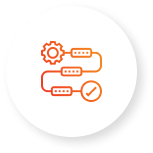
Overview of methodologies, standards, tactics, and techniques used.

Detailed vulnerability analysis, reproduction steps, PoC, evidence.

Strategic and tactical walkthrough on how to fix vulnerabilities.

Comprehensive advice on cybersecurity enhancement strategies.

Offered once vulnerabilities are fixed.
SECURE YOUR WEB APPLICATIONS
What is Web Application Penetration Testing?
Web Application Penetration Testing is a type of ethical hacking engagement aimed at identifying cybersecurity flaws in web applications. Due to their complexity and ubiquity, custom-designed, proprietary, and increasingly intricate web applications introduce complex and diverse security challenges to the security posture of any organization. Modern web applications handle increasingly sensitive data, so it is important to ensure that they do not introduce significant risks. At Secragon, we specialize in penetration tests that are 95% manual, designed to replicate real-world hacking, and conducted by experienced ethical hackers. Along with leveraging industry standard methodologies to ensure a thorough security assessment is conducted under safe and controlled conditions, our expert team utilizes an advanced mix of public and in-house developed exploits and in-depth analysis to discover vulnerabilities not yet published and often, not yet discovered. The objective is to penetrate target systems and provide a clear risk mitigation strategy.
We don’t just point out security holes; we help you solve them.

Ensures the safety and confidentiality of sensitive data handled by the web applications from unauthorized access or breaches.
New patches and features can also bring new vulnerabilities. It’s crucial to balance these ongoing updates with rigorous security checks.
As industries evolve, so do cybersecurity standards. Successfully meet compliance requirements as efficiently as possible (Insurance, SOC 2, PCI, ISO 27001, etc.)
Optimize security investments by focusing on critical risks, ensuring higher ROI.
Prevent brand reputation damage and financial impacts by proactively finding flaws before hackers potentially exploit them in an actual breach scenario.
Improve development methodologies to integrate security from the start, leading to more secure web apps.
Why Conduct a Web Application Penetration Test?
Web application pen testing can be highly beneficial for your business if you develop proprietary web applications in-house or use an app provided by third-party vendors. It can help to reduce the financial and reputational costs of a security weakness being uncovered in your app after it’s gone to market or has been shared with your customers.
PROTECT AGAINST THE LATEST THREATS
When Should You Perform Web Application Penetration Testing?
Penetration Testing should be performed as frequently as required by the organizational security policy. Regulatory requirements also often dictate certain applications be tested at least annually. In addition to the regular schedule, penetration testing is particularly advisable in the following circumstances:
Code Modifications
After implementing significant changes to the application’s source code, to uncover any new security vulnerabilities introduced.
Pre-Release
Before the official launch of a new or significantly updated web application, to ensure it is secure from potential threats.
Incident Recovery
Following an attack or security breach to identify how the incident occurred and to strengthen security measures.
External Components
Upon integrating third-party services or APIs, to assess the security implications of these additions on the overall application.
User Feedback or Bug Reports
When user feedback or bug reports suggest potential security weaknesses or vulnerabilities, to address these issues promptly and effectively.
Hosting Environment Update
After changes to the application’s hosting platform or infrastructure, to evaluate the impact on security configurations.
We Provide Expert Solutions And Definite Results

Transparent
Pricing
Clear, upfront, with no
hidden costs.

Dedicated Project
Manager
Your security is our
commitment.

Retesting After
Fixes
Ensuring threats are
truly eliminated.

Affordable
Expertise
Premium protection,
reasonable rates.

Customized
Approach
Solutions fitted to your
specific needs.

Proactive
Protection
Effectively securing your
digital assets.
What Will be Assessed During a Web Application Penetration Test?
Web Application Penetration Testing requires a distinct and nuanced approach, focusing specifically on the unique aspects of web applications:
Security
Configuration
Assessing the web application’s security settings and infrastructure to prevent unauthorized access and breaches.
Vulnerability to Common
Attacks
Probing for susceptibilities like Cross-Site Scripting (XSS) and SQL Injection is critical in safeguarding against common web attacks.
Authentication and
Authorization
Testing authentication processes, session management, and access controls for vulnerabilities against unauthorized access.
Sensitive Data
Storage and Transmission
Evaluating the security of data in transit and storage, ensuring encryption standards are robust against unauthorized access or leaks.
Application Functionality,
Technology & Data Flow
Analyzing the application’s functionality, underlying technology, and how data is processed and transferred.
And More
Including logical flaws such as broken access control, error handling, user input validation, third-party security measures, and other crucial factors.
Our Penetration Testing Process
If your organization has not gone through a penetration test before, you may not know what to expect. Even if you have, maybe you are wondering what Secragon’s stages of penetration testing are. Here is a high-level break down of each step of our proven process:

Activities: Engage stakeholders, define targets, plan logistics for efficient, transparent execution.
Outcomes: Scope Validation, Proposal, Contract.
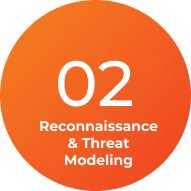
Activities: Environment preparation, OSINT collection, attack scenario planning.
Outcomes: Strategy Development, Threat Insight.
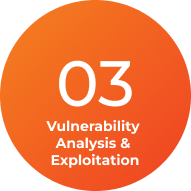
Activities: Vulnerability identification, active exploitation, privilege escalation, execution of realistic attack scenarios, data and information collection, persistence maintenance, and documentation of steps.
Outcomes: Comprehensive Report, including Executive Summary, Technical Details, Impact Analysis, Recommendations.

Activities: Supporting vulnerability remediation with actionable steps and advice, answering follow-up queries.
Outcomes: Remediation Plan, Security Enhancement.
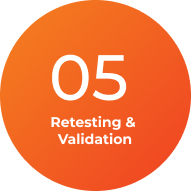
Activities: Validate the effectiveness of remediation efforts through complementary retesting.
Outcomes: Re-test Results, Attestation.
Frequently Asked Questions
Couldn’t find the information you were looking for?
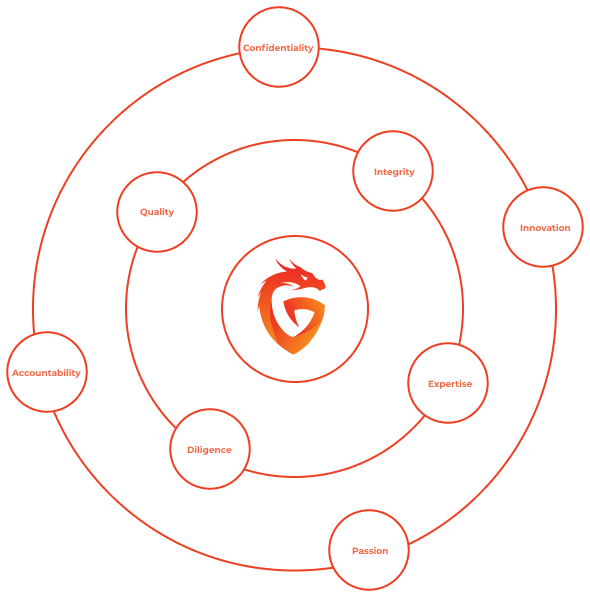
SECRAGON, YOUR CYBERSECURITY PROVIDER
We, at Secragon, are a team of certified ethical hackers, visionary security engineers, seasoned penetration testers, and committed project managers… but first of all – professionals, who LIVE and BREATHE Offensive Security. Along the list of qualifications, titles, and credentials, we bring a real “think outside of the box” mindset to every project and we constantly strive to learn, explore, and push forward to master complex concepts and deliver top-notch services and results.


